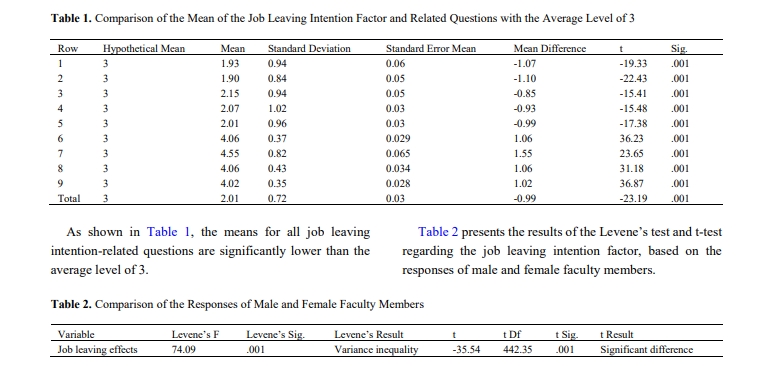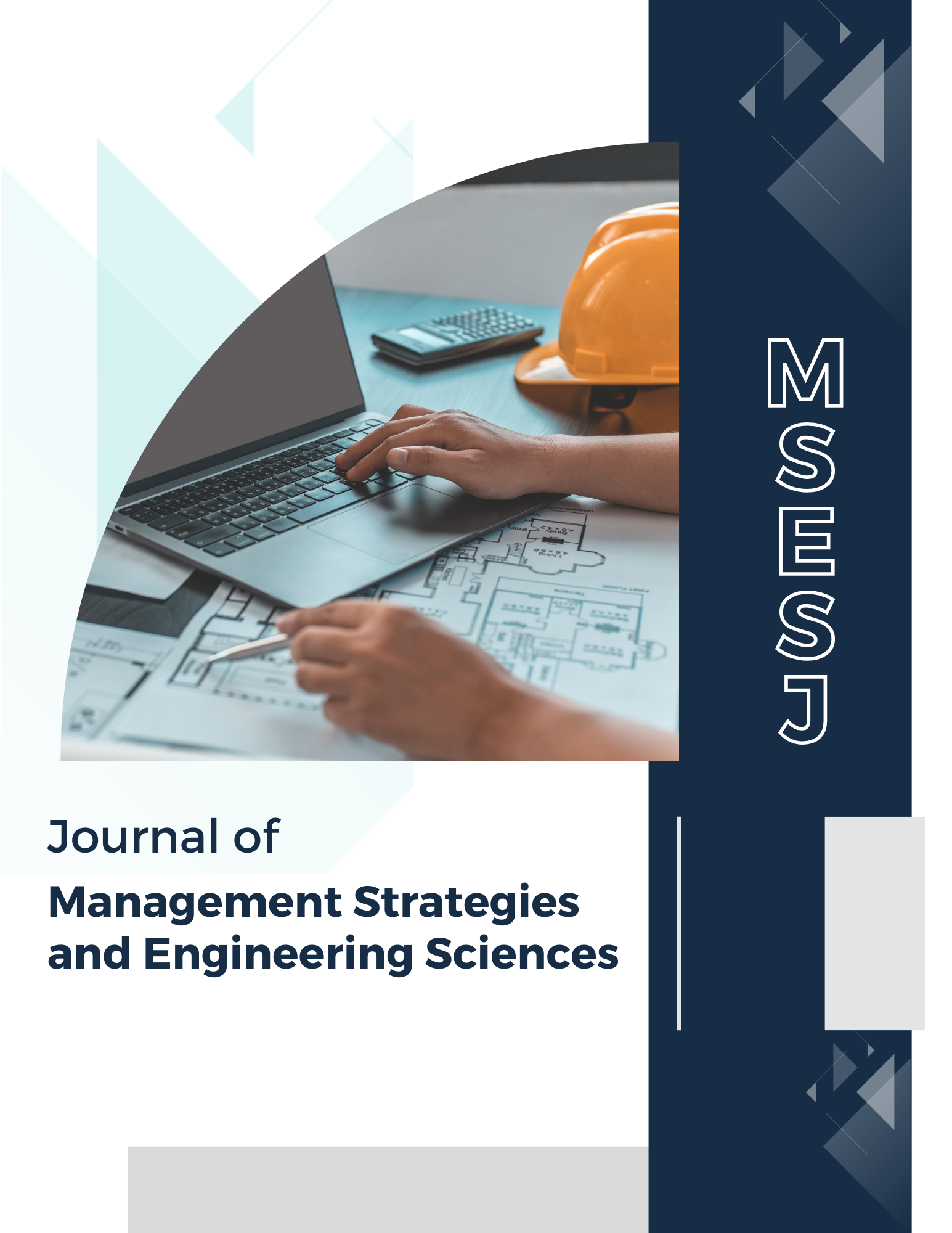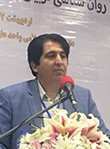Examination of Job Leaving Intention Among Faculty Members of Islamic Azad Universities in Fars Province
Keywords:
Job leaving intention, Faculty members, Islamic Azad Universities, Fars ProvinceAbstract
In today's competitive environment, a skilled and motivated workforce is considered a key asset for organizations. Paying attention to their values and needs is a critical step toward achieving organizational goals (Khalatbari et al., 2013). As competition increases and human capital development methods expand, organizations strive to retain and empower their employees to enhance performance. However, they fear losing valuable human resources, particularly specialized employees, which is a significant challenge. The departure of these employees imposes high costs on the organization (Pitts et al., 2011). The objective of this study was to examine the job leaving intention among faculty members of Islamic Azad Universities in Fars Province. This descriptive-correlational research aims to explore relationships between variables in the current context. The statistical population included all faculty members of Islamic Azad Universities in Fars Province, comprising 700 individuals. Using Cochran's formula, the sample size was calculated as 208 individuals, but due to the possibility of incomplete responses, the final sample size was 200. The sampling method was quota sampling, and data were collected through a questionnaire developed by Moghimi (2009). The questionnaire's face validity was confirmed by experts, and Cronbach's alpha for reliability was 0.89. Data were analyzed using SPSS software. The results revealed that the average job leaving intention was below 3, with a standard deviation of 0.72. A significant difference was found between the job leaving intentions of male and female faculty members, with male faculty members having a significantly higher average (3.93) than female faculty members (2.01). Additionally, job leaving intention varied across faculties, with the highest rate observed in the Faculty of Dentistry (mean = 4.789) and the lowest in the Faculty of Chemistry and Materials (mean = 2.980). The findings highlight the importance of retaining skilled human resources, particularly faculty members, and the costs associated with losing them. Organizations can benefit from understanding the factors influencing job leaving intention, such as dissatisfaction and lack of opportunities, and taking steps to reduce turnover through supportive policies and practices. Addressing job-related issues and providing a positive work environment can help reduce job leaving intentions and improve organizational performance.




























